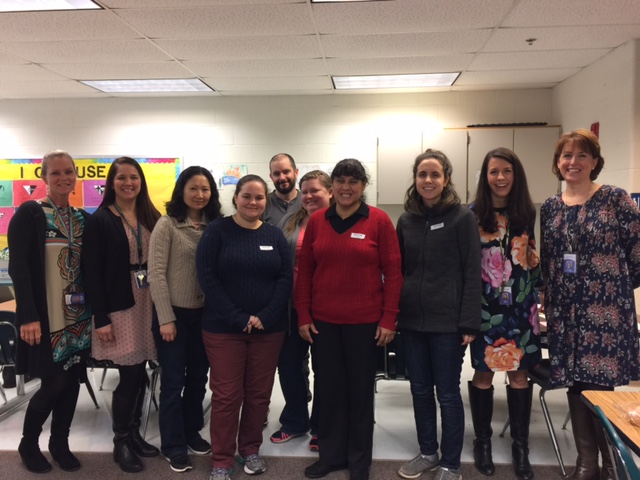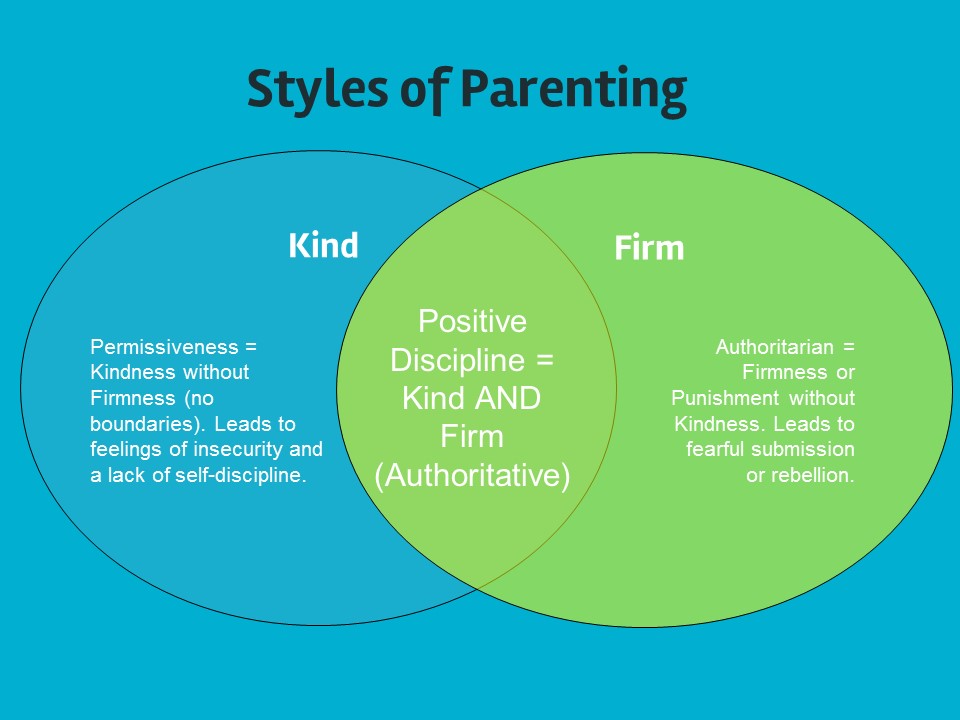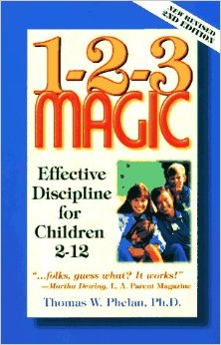Practicing Positive Discipline
KP KG Elementary Schools Student Services and Counseling Office
The Kings Glen and Kings Park Student Services and Counseling Offices have provided some insight in practicing positive discipline. Here are some bullet points from their presentation on January 26, 2017.

Normal Development
Age |
Developmental Issues |
Challenging Behaviors |
|
5-10 |
Developing conscience, empathy Still egocentric Peers becoming important Family still central Focused on equity and fairness Enjoys groups, clubs, teams
|
Acting out Testing limits Lying Name calling Bad language
|
Age |
Developmental Issues |
Challenging Behaviors |
|
10-13 |
Hormonal changes Self-conscious Fitting in with peers Asserting independence Developing talents, strengths |
Moodiness Challenges to authority Imitating peers
|
Recommended read on the topic of children, ages 4-14, in the classroom: Yardsticks, by Chip Wood
Responsive Classroom book which our teachers here at Kings Park uses. Comprehensive user-friendly reference
that offers clear descriptions of children’s development.
This book chunks the ages with specific developmental milestones.


Reasons Why Children Misbehave
▶Need time to learn coping skills and strategies to deal with their emotions.
▶Feel rejected or upset .
▶Don’t know the rules, limits or boundaries.
▶Trying to get attention.
▶Avoidance of unpreferred tasks.
Misconception of Behaviors
Misbehavior VS. Developmental Behavior
Often times children behaviors are conceived as misbehavior when it should be referred to as developmental behaviors.
Young children are often curious and often get into “trouble” when trying to find things out.
They may also present accidents, which often times are frowned upon as though it is intentional misbehavior.
▶Curiosity
▶Accidents
▶Lacking individual needs
Discipline VS. Punishment
Discipline |
Punishment |
|
To teach or to follow the teachings of another |
To inflict penalty or pain |
|
Teaches children rules
|
Exercises power over child
|
|
Preventive |
Reactive |
|
Develops self control |
Demands obedience |

Effects of Positive Discipline
Children learn:
▶Responsibility
▶Self-Discipline
▶Cooperation
▶Self-regulation
▶Boundaries
▶Respect for others
Families become:
▶Harmonious and build a sense of team
▶Develop mutual respect
Positive Discipline Guidelines
▶Maintain your authority calmly and consistently (kind and firm).
▶Give children safe limits they can understand.
▶Use natural and logical consequences when children break rules.
▶Set a good example.
Natural Consequences
▶Natural consequences are the results that naturally occur from a child’s behavior without the parent doing anything.
|
not eating breakfast is. . . |
getting hungry before lunch. |
|
oversleeping on a school day is. . . |
being late for school. |
|
not bringing a coat… |
being cold. |
Logical Consequences
▶Are logically connected to the misbehavior.
▶Are intended to teach responsible behavior.
▶Are administered in a firm and calm manner.
▶Mistakes are perceived as an exciting opportunity to learn.
|
Child draws on the wall |
Must clean the wall by themselves |
|
Child does not wear their helmet |
Bike is taken away |
Recommended read on effective discipline for children 2-12 is 1-2-3 Magic by Thomas Phelan
The 1-2-3 Magic Method
1 – Warning: After the child misbehaves, say, “That’s a one.”
2 – Warning: If misbehavior does not stop, say, “That’s a two.”
3 – Time Out: If misbehavior still does not stop, say. “That’s a three. Time Out.”
Encouraging Words and Actions
As we continue to encourage our child to do the right thing, we should remember that the things we could are
genuine and free! No out of pocket expense when we see our children making the right choices...try these:
▶“You must be proud of yourself”
▶“Way to go”
▶“You tried really hard”
▶“Great effort”
▶Ask the child how they felt they did
▶Give a hug
▶Smile when they enter the room
▶Spend special one-on-one time
The way we talk to our children is just as important as the words we say.
Develop attitudes of:
▶Encouragement
▶Understanding
▶Respect
▶Ask yourself:
◦“Is what I am doing encouraging or discouraging?”
◦“Am I blaming or being respectful?”
◦“Does my child know I understand his/her feelings and needs or am I only considering my own?”


